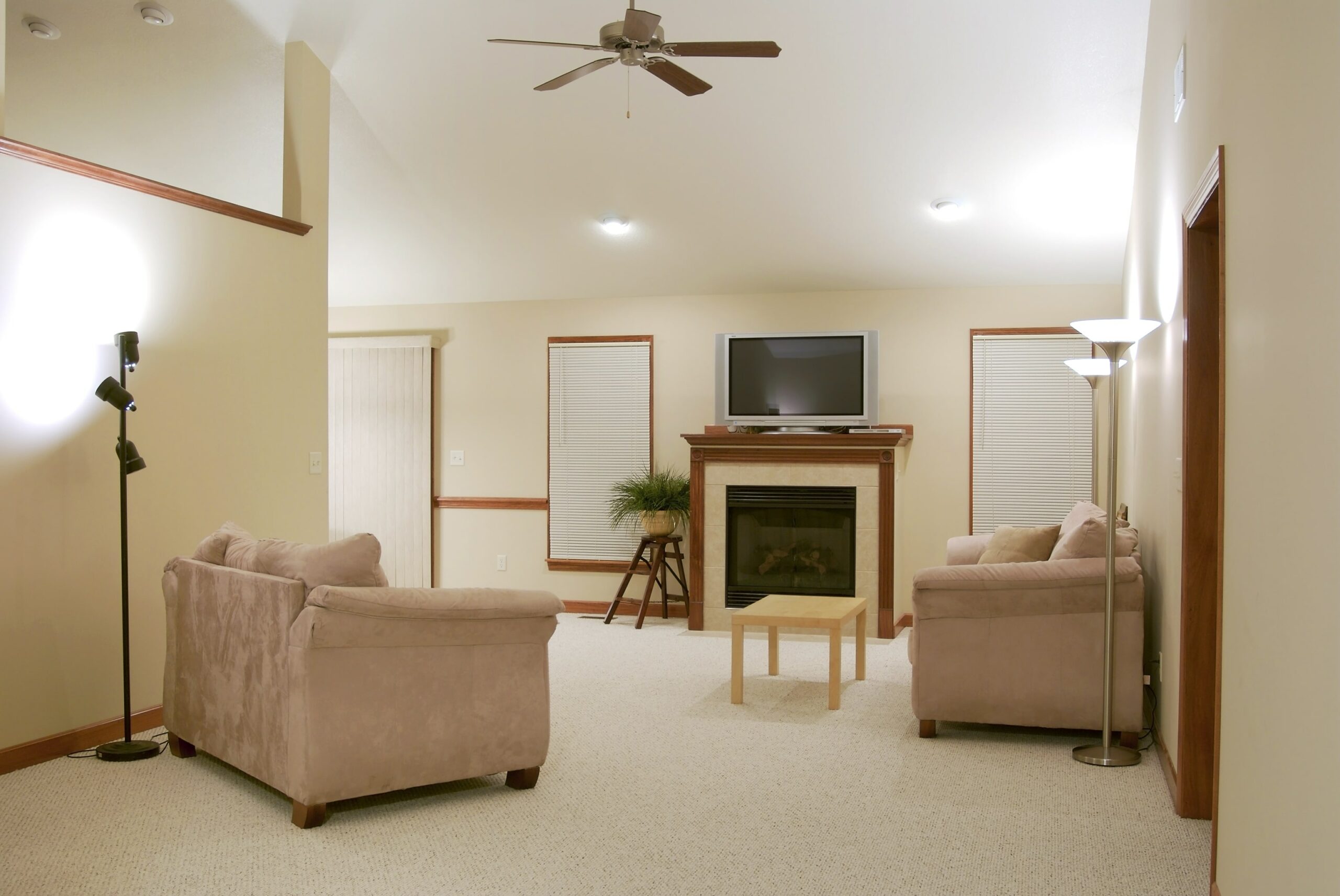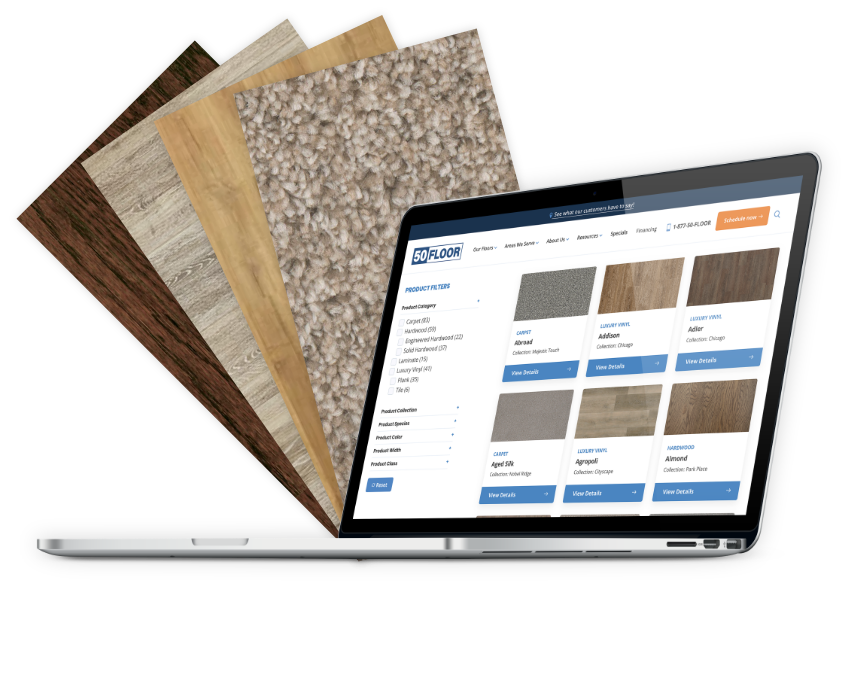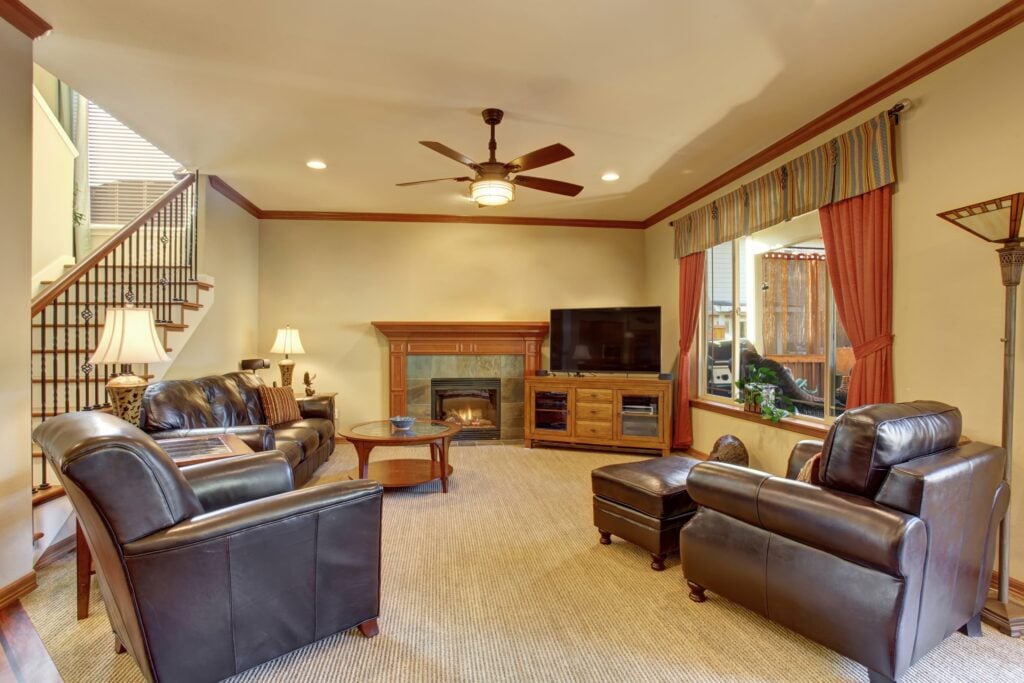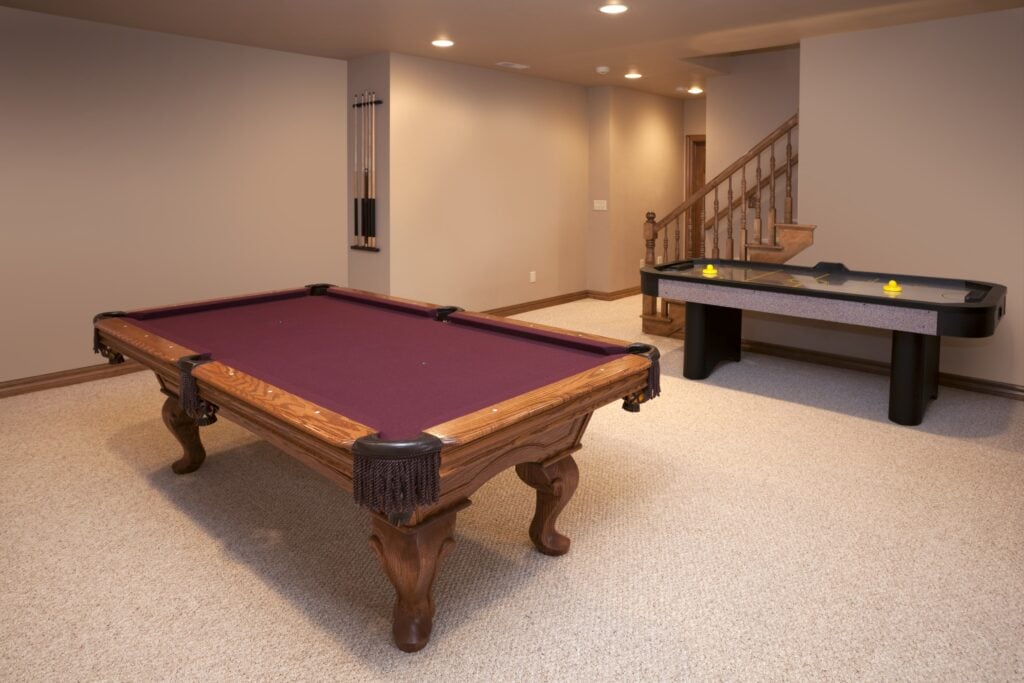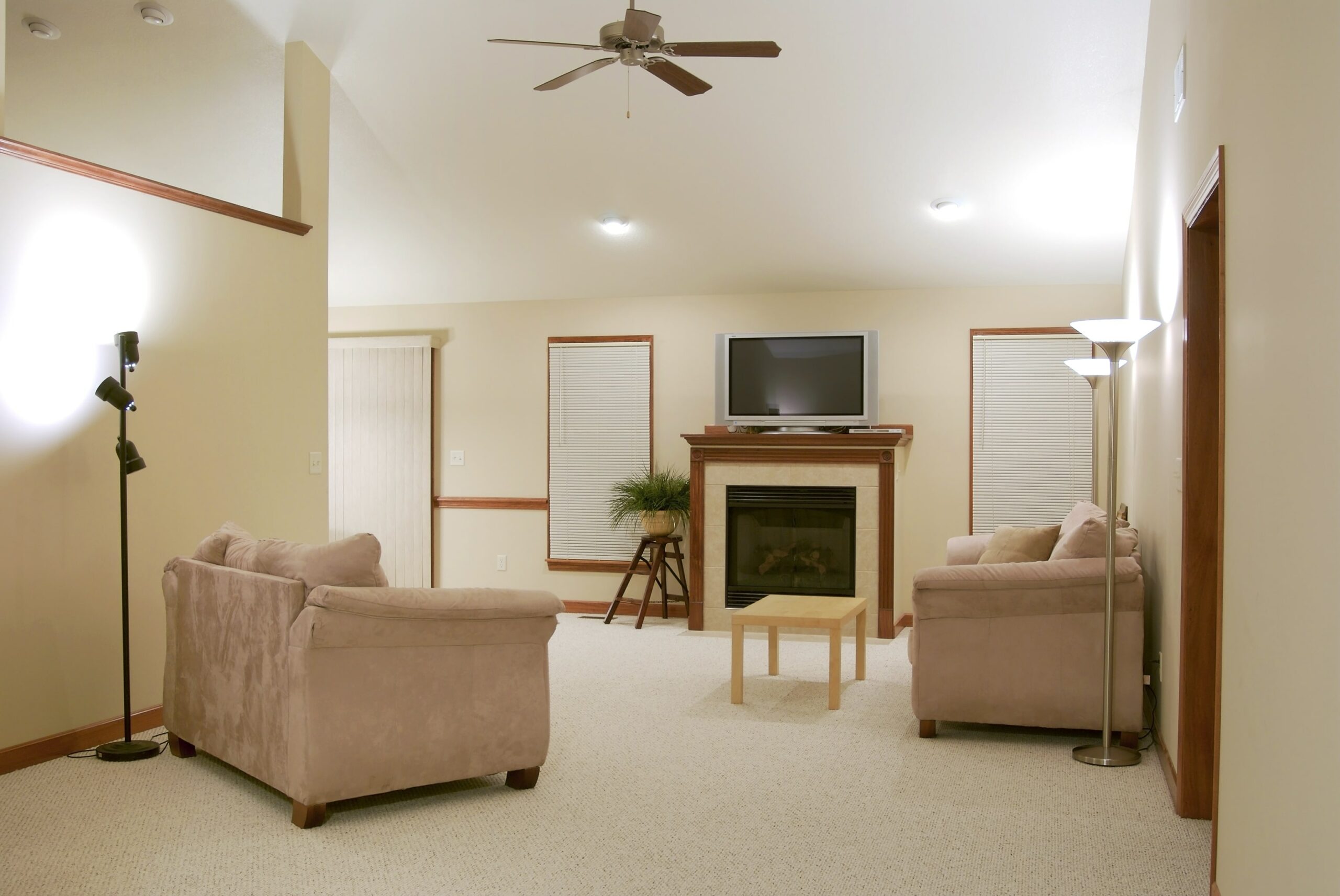It can be. While no carpet is 100% pet dander-proof, berber carpet’s tight loops make it a bit more resistant to trapping pet hair compared to high-pile carpets. Just be sure to vacuum frequently—ideally, 2-3 times a week—and invest in professional cleanings as needed to tackle any lingering pet dander.
Can berber carpet reduce allergens? It’s a question that plagues many homeowners, especially those battling the sniffles and sneezes triggered by dust mites, pet dander, and pollen. If you’re one of the millions seeking relief, you might be wondering if this popular carpeting choice is an ally or an enemy in your quest for cleaner air.
Let’s unravel the truth behind this common query and explore whether berber carpet can truly contribute to a healthier home environment.
Can berber reduce allergens or is it just a myth?
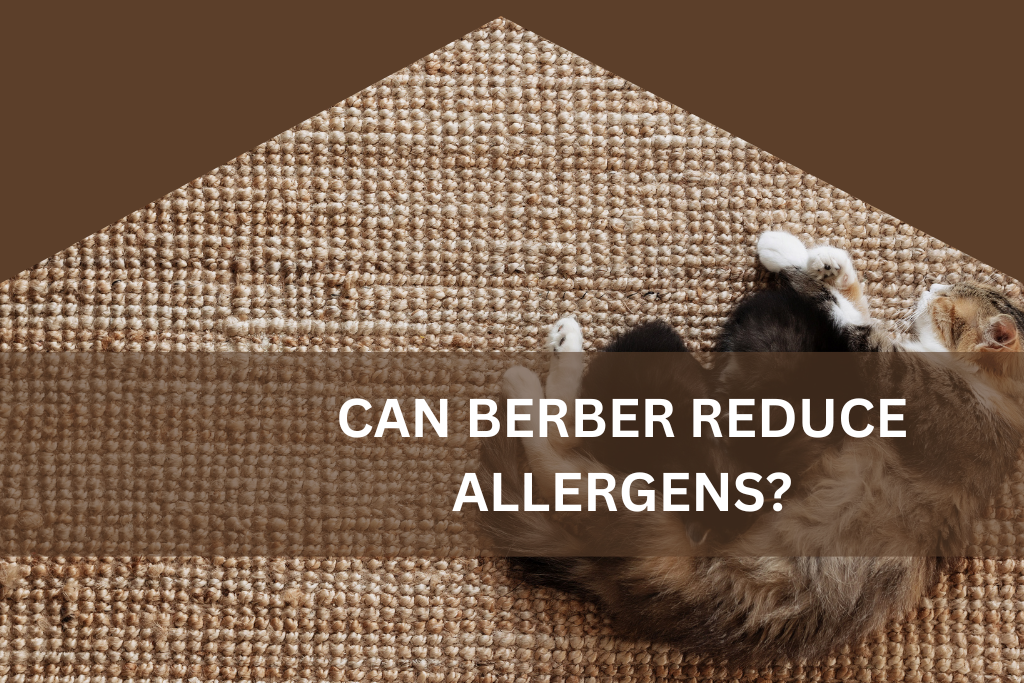

Understanding Berber Carpet
Before diving into the nitty-gritty of allergens, let’s establish what we’re dealing with.
Berber carpet is known for its distinctive looped construction— a defining characteristic that sets it apart from other carpeting styles. These loops, often crafted from resilient materials like nylon or olefin, create a textured surface that’s both visually appealing and incredibly durable.
Its tight weave, a hallmark of berber construction, not only enhances its hard-wearing nature but also plays a significant role in its relationship with allergens. This tight loop construction is where things get interesting for allergy sufferers.
How Carpets Affect Allergies
Carpets, by their very nature, can act like giant air filters—but not always in a good way. The truth is, carpet fibers, regardless of the material, can become a cozy haven for dust mites, pet dander, and other allergens.
When we walk across a carpeted floor, we stir up these microscopic troublemakers, sending them airborne, where they’re easily inhaled. It’s enough to send any allergy sufferer into a sneezing frenzy. But, a study suggests that replacing carpets with hard flooring doesn’t improve health outcomes.
In fact, multiple studies have found a link between hard surface flooring and increased instances of asthma and allergies. So, what does that mean for those considering berber carpet as a floor covering?
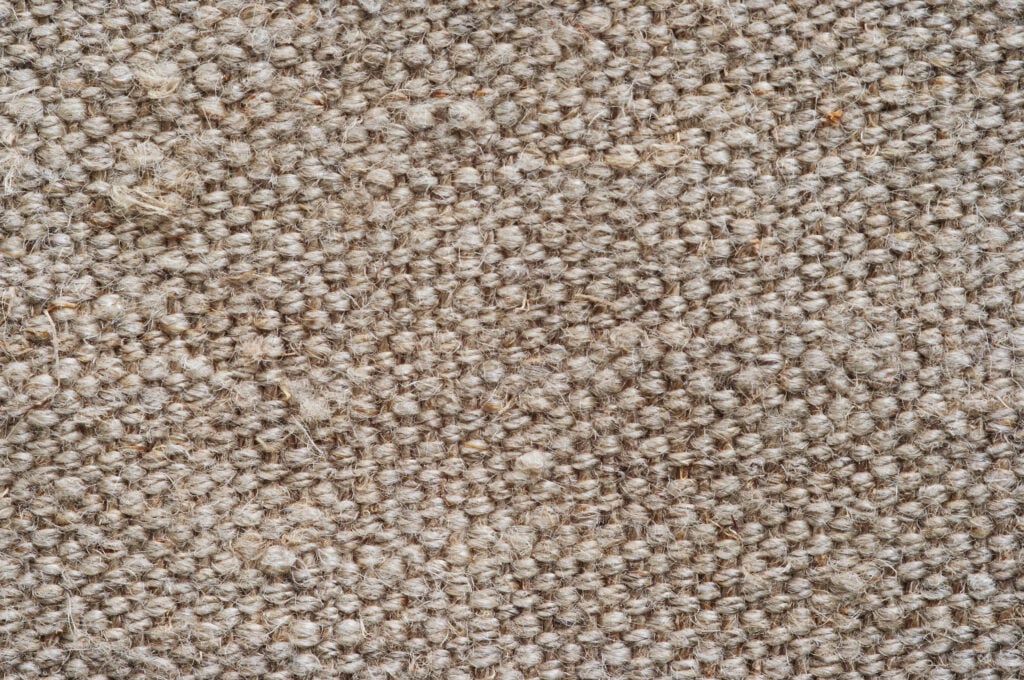
Can Berber Carpet Help?
Due to its characteristic low, looped pile, berber carpet tends to collect less dust and allergens compared to plush, high-pile carpets. The tightly woven fibers provide fewer nooks and crannies for these particles to settle in.
Think of it like a tightly woven basket versus a loosely woven one – the former naturally traps fewer particles. But this doesn’t mean berber carpet is completely allergen-free. These allergens still accumulate and should be removed regularly with effective cleaning practices.
Benefits of Berber Carpet for Allergy Sufferers
While no carpet can completely eliminate allergens, berber carpet offers several benefits for those looking to minimize these irritants:
- Low Pile, Less Hiding: The short, dense loops make it harder for allergens to burrow deep and make themselves at home.
- Easy to Clean: A quick vacuum does wonders on a berber carpet, effectively removing surface dust and dander. Plus, they’re less likely to absorb spills.
- Moisture Resistance: Many berber carpets are designed to resist moisture, reducing the chances of mold and mildew growth, which are allergens themselves.
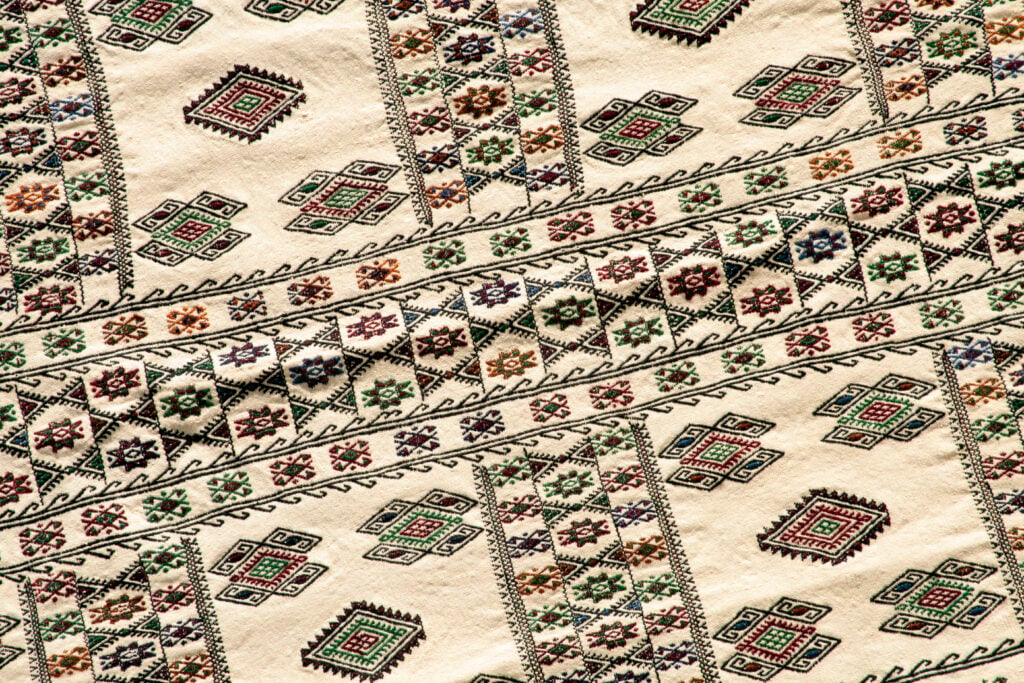
Tips for Minimizing Allergens in Berber Carpet
Even though berber carpet can be better for allergies, keeping it clean is essential.
To enjoy a truly sneeze-free space, here are some simple yet effective tips:
- Vacuum Regularly: Vacuuming with a HEPA filter 1-2 times per week helps capture those pesky allergens hiding in the carpet fibers. This simple task makes a huge difference.
- Professional Cleaning: Treat your carpets to a professional deep-cleaning at least once or twice per year. Professional cleaners use powerful methods and specialized solutions to remove embedded dirt and allergens, leaving your carpets refreshed.
- Manage Humidity: Dust mites, those tiny creatures that love to feast on dead skin cells, thrive in humid environments. Keep the indoor humidity levels below 50%, if possible, to make your home less inviting to these critters. Investing in a dehumidifier, using air conditioning, and ensuring good ventilation can help control humidity levels.
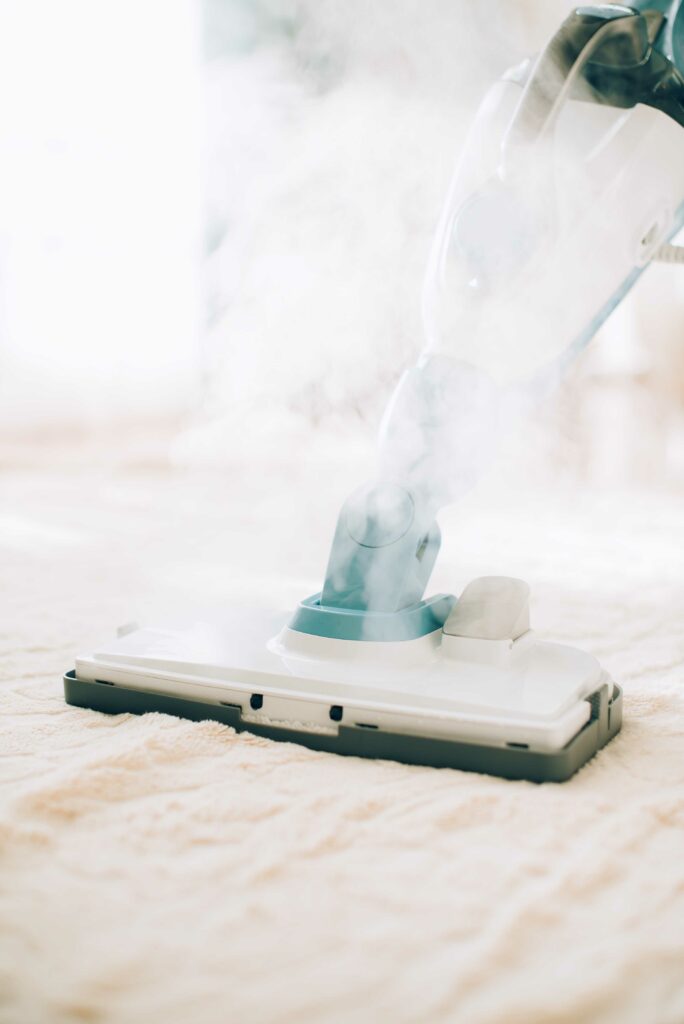

Additional Measures for an Allergy-Friendly Home
Choosing a berber carpet is just one piece of the puzzle.
Here are additional steps to transform your house into an allergy-free haven. The Environmental Protection Agency (EPA) suggests several tips for improved indoor air quality:
- Regularly wash bedding in hot water.
- Use allergy-proof covers for mattresses and pillows. Find allergen-resistant or plastic covers provide a barrier against dust mites in your local store.
- Consider an air purifier with a HEPA filter. They work wonders at trapping those minuscule allergens.
- Control dust. Regularly dust furniture and surfaces with a damp cloth.
- Minimize clutter. Clutter provides more surface area for dust and allergens to accumulate.
- Be mindful of outdoor allergens. Pollen, mold spores, and other outdoor allergens can easily make their way indoors. Change clothes after being outside, keep windows closed during high-pollen days, and wipe down pets’ paws after walks.
- Choose natural materials when possible. Opt for natural fiber rugs in areas where carpet isn’t suitable.
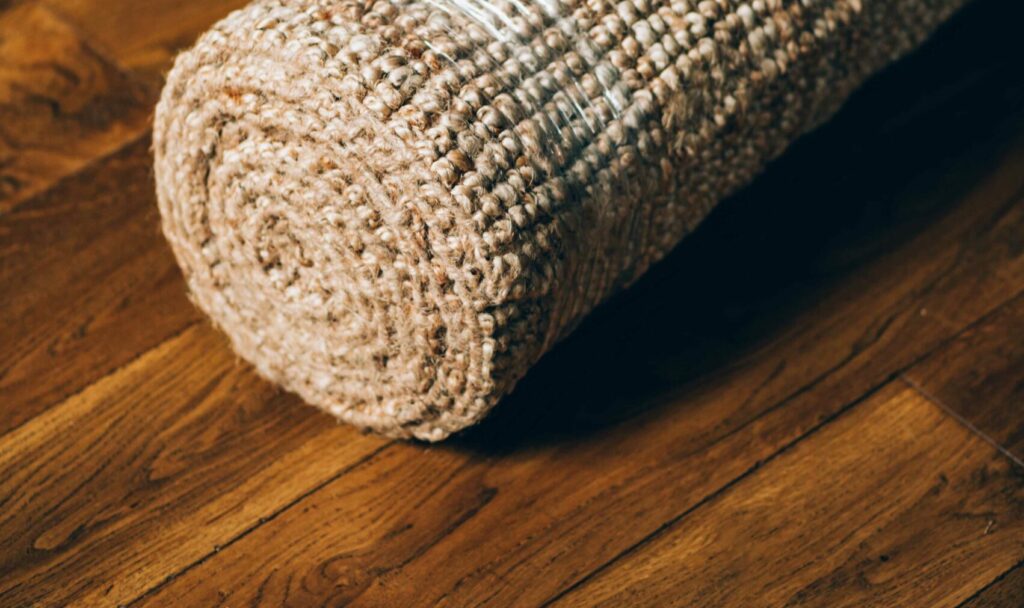

GET INSPIRED
Flooring to MATCH YOUR STYLE
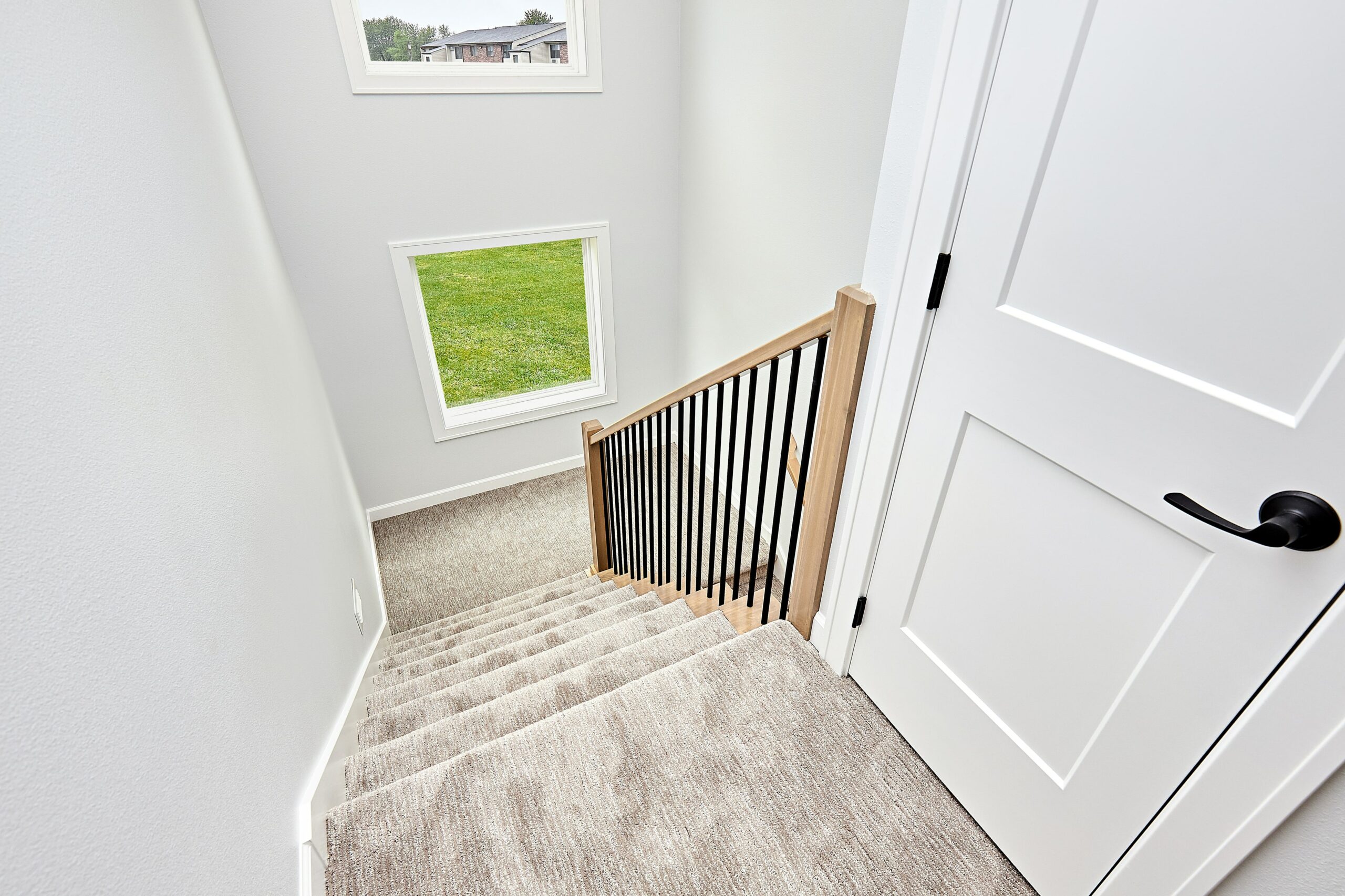

REVIEWS
Hear From Our HAPPY CUSTOMERS
FAQs
Go for cleaning solutions specifically labeled as hypoallergenic or safe for allergy sufferers when cleaning your berber carpet. These solutions are designed to minimize harsh chemicals that could irritate those with sensitivities, leaving your carpets fresh and allergy-friendly.





